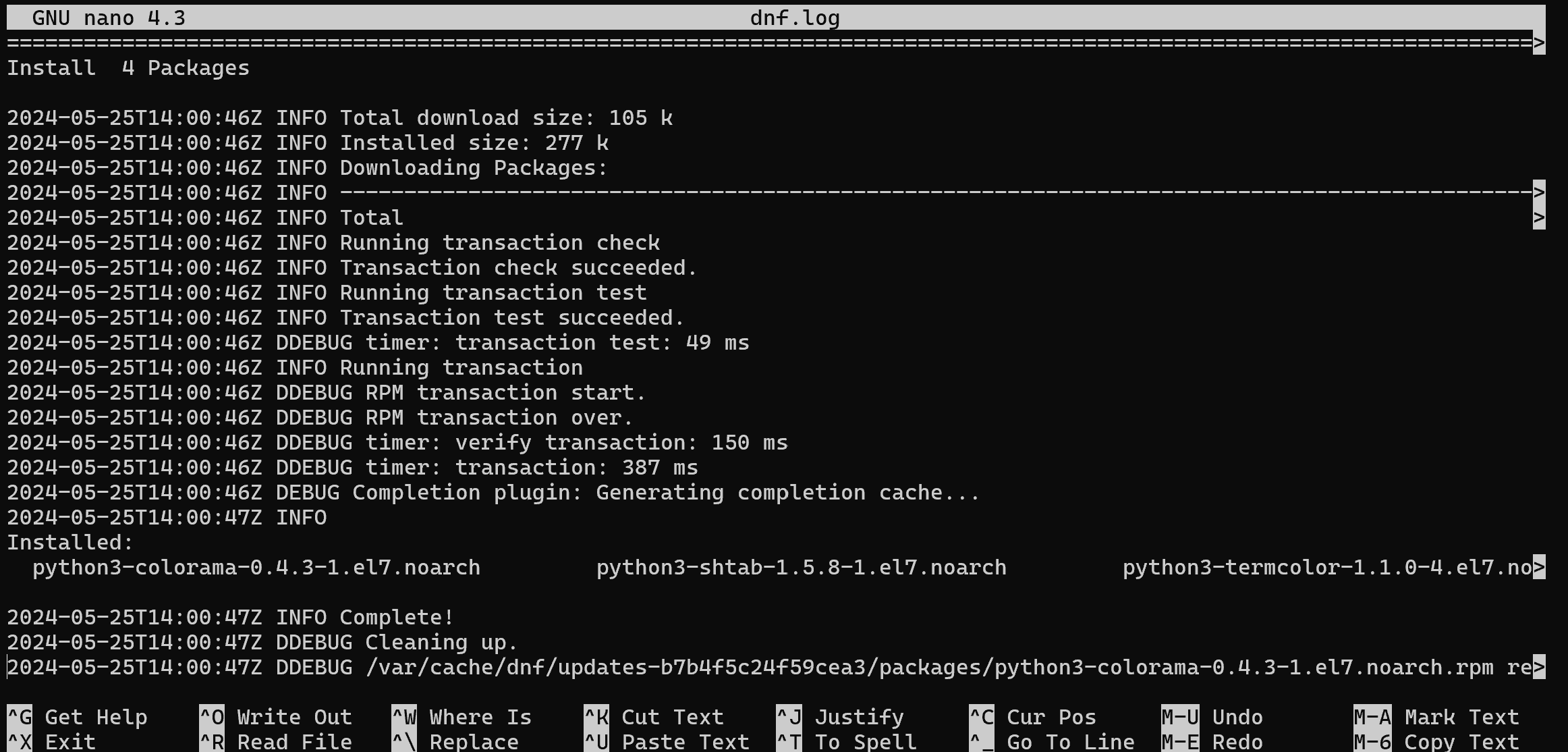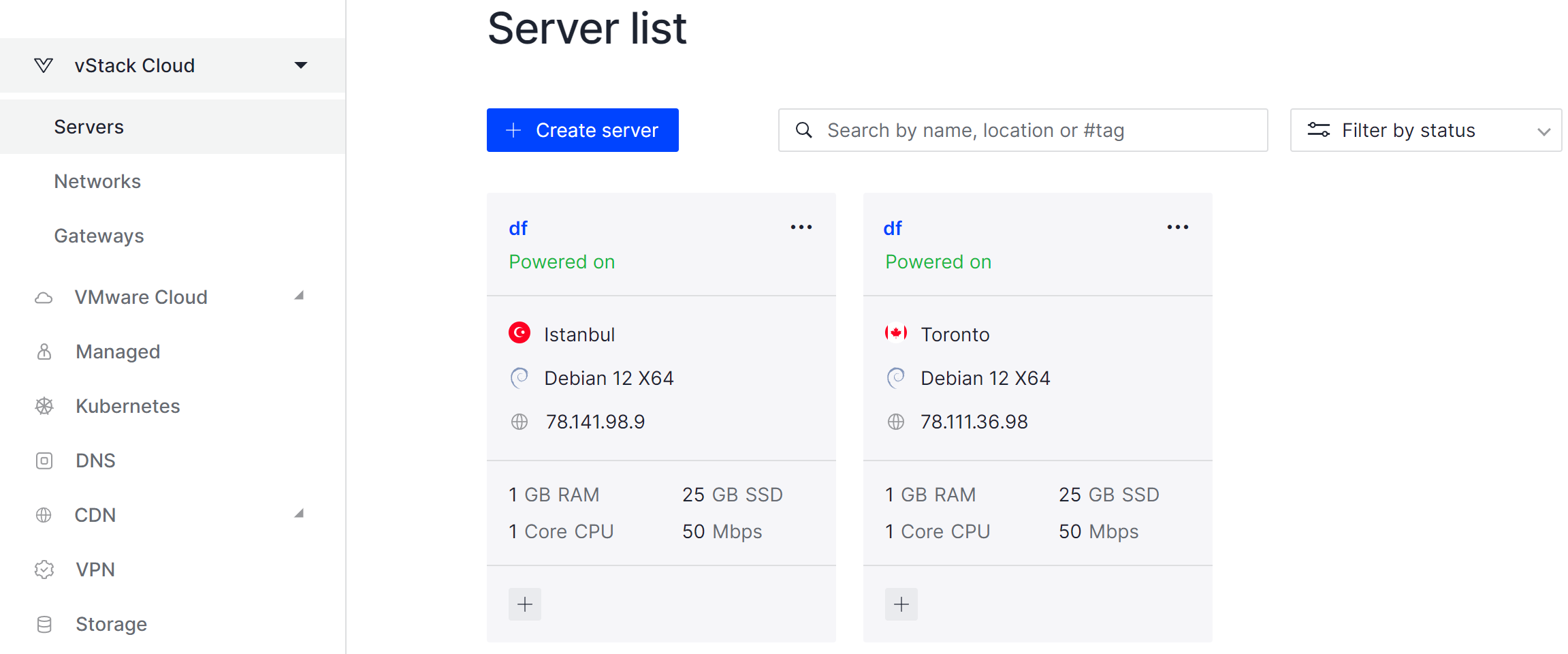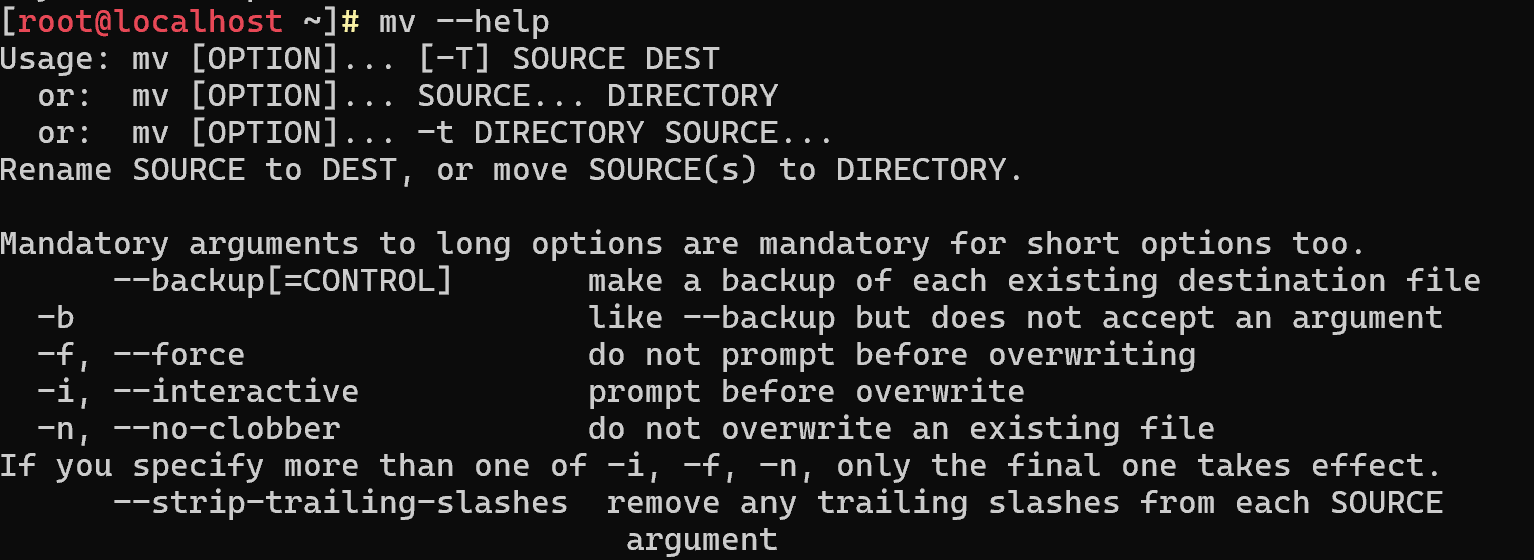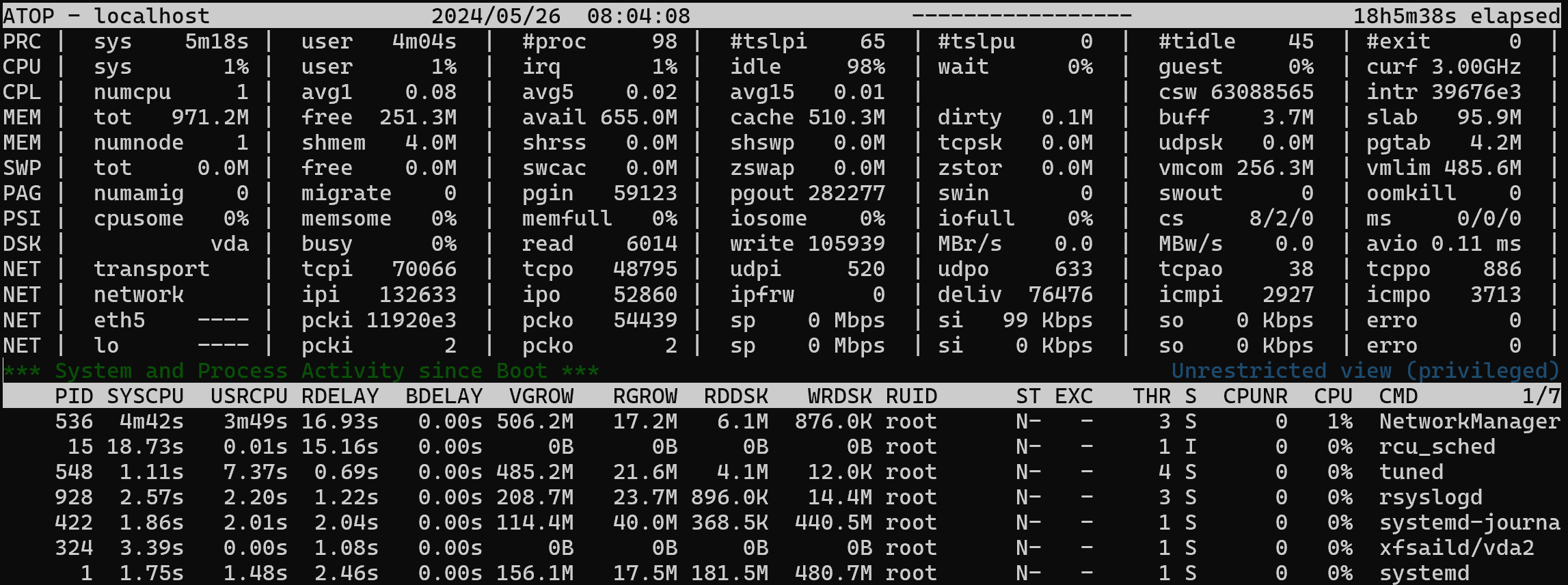Learn about the top 10 utilities for Linux! In this article, we take a look at the best tools that will increase your productivity, make system management easier, and improve your command line experience.
nano - text editor
Nano has established itself as a convenient editor for working with many file formats. Its popularity can be explained by the fact that it is part of the GNU utility package and is freely distributed with many distributions. It is also easy to use compared to other utilities.

This solution is suitable even for beginners, because the panel at the bottom is quite clear and informative. How to download and start using and other useful features of nano.
curl - client for servers
This multifaceted utility is a client that can interact with servers of different services. For example, its main use is for working with the Web: sending requests with any method, it is possible to change headers, User-Agent can be customised. This solution allows you to implement automation scenarios when working with servers and services.

It can also be used for manual testing of existing infrastructure! We advise you to get acquainted with it and its functionality in more detail!
traceroute - network path/ troubleshooting
Unlike ping, which checks the network reachability of an end host, traceroute is used to build a chain of routers through which a packet has travelled. Let's imagine a situation where you send icmp packets or ping the recipient, but he doesn't respond. Is it just him? Maybe yes, maybe no, the router that was supposed to forward the packet just stopped responding.

To see this, the traceroute utility is used, which also works at the transport level! To learn all the peculiarities of use and the principle of work, be sure to watch the full guide!
All steps in the tutorial can be performed on powerful cloud servers. Serverspace provides isolated VPS / VDS servers for common and virtualize usage.

It will take some time to deploy server capacity. After that you can connect in any of the convenient ways!
vim - a powerful text editor
Compared to the previous text editor, vim is a utility with almost limitless functionality, a multitude of features. However, all this is complicated by the burden of vertical learning for a novice user who has just opened the terminal.

Here you can quickly navigate through the text, conveniently edit it, customise your work and execute terminal commands directly from the editor. Besides, you can extend the functionality with plugins. It has a special system of internal commands, which is very easy to get used to and hard to unlearn. A detailed tutorial is waiting for you!
grep - search and filter utility
Grep is a utility that can take an N-array of data as input and find, using search mechanisms and regular expressions, matches and patterns. In practice, it is a very often used tool. Suppose you have a large output of one of the commands and you need to find a key phrase. To do this, you can use pipe or redirect with | sign to enter into grep and filter, say, the list of installed packages.

It works with large amounts of data and is quite fast, it also has the ability to recursively find text in files by specifying a folder! To learn how to search and filter your data through grep data you need to read the detailed tutorial!
mv - utility for moving folders/files
Linux has a standard set of utilities for OS interaction and navigation. One of them is the object moving utility. The idea is that it first copies the object to the desired part and then deletes the original one, thus moving it.

It could be done manually, but the peculiarity of the utility is recursive moving of the whole array of files. Which can be very useful in your work, read about the features and other nuances of work in the manual!
wine is a utility for running Windows applications
Not all applications and utilities are cross-platform, a lot depends on the OS they were developed for. For Linux, you may also need a Windows application. This is why there is wine, which emulates the environment for an application and allows you to run it on Linux!

It allows you to convert requests to Windows APIs and libraries so that Linux can respond with its own alternatives. This emulator has many features, which you can read in the detailed guide!
bash - OS interpreter
Every OS that involves working with a terminal requires an interpreter. This is an application that gives user commands to the OS kernel and performs various actions, such as: moving files, opening processes, etc. But beginners will not be easy, because the commands to work do not pop up as prompts, so you need to look for alternative means of different utilities.

In our guide we explained how to be if you are a beginner and just opened the terminal to work!
chmod - access control
Authorisation mechanisms are used for correct and secure work in a unified environment. To allow users to interact with their files without fear that they will be compromised, access rights or attributes for objects have been developed. A utility for managing your own and delegated files is chmod.

It comes by default in many distributions, as it is part of GNU. We've covered how it works and how to use it in one of our tutorials!
atop - process manager
In the OS, besides the actions that the system displays to us through the terminal window, there are many other processes that affect performance. In order to evaluate the performance and efficiency of the node, it is necessary to see the basic metrics and indicators! Utility atop, just solves this problem, for detailed acquaintance the instruction on atop is developed!

Using utilities in the Linux operating system makes it much easier to perform various tasks, increasing productivity and convenience. This article presents a list of the ten most popular and useful utilities for Linux, each of which has unique features and capabilities. These tools help users to effectively manage the system, automate processes and optimise workflow. Regardless of the level of training and experience, everyone will find in this list a utility that will be useful in everyday work with Linux.



